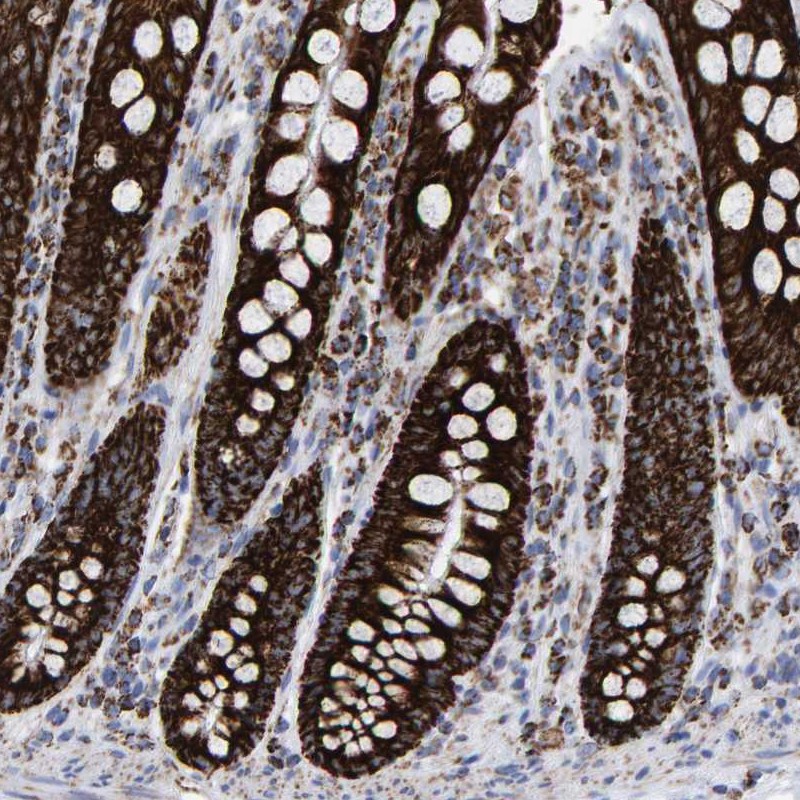MRPL12 antibody [N1C3]
GTX114731
ApplicationsImmunoFluorescence, Western Blot, ImmunoCytoChemistry, ImmunoHistoChemistry, ImmunoHistoChemistry Paraffin, Other Application
Product group Antibodies
TargetMRPL12
Overview
- SupplierGeneTex
- Product NameMRPL12 antibody [N1C3]
- Delivery Days Customer9
- Application Supplier NoteWB: 1:500-1:3000. ICC/IF: 1:100-1:1000. IHC-P: 1:100-1:1000. *Optimal dilutions/concentrations should be determined by the researcher.Not tested in other applications.
- ApplicationsImmunoFluorescence, Western Blot, ImmunoCytoChemistry, ImmunoHistoChemistry, ImmunoHistoChemistry Paraffin, Other Application
- CertificationResearch Use Only
- ClonalityPolyclonal
- Concentration0.56 mg/ml
- ConjugateUnconjugated
- Gene ID6182
- Target nameMRPL12
- Target descriptionmitochondrial ribosomal protein L12
- Target synonyms5c5-2, L12mt, MRP-L31/34, MRPL7, MRPL7/L12, RPML12, bL12m, large ribosomal subunit protein bL12m, 39S ribosomal protein L12, mitochondrial, MRP-L12, mitochondrial large ribosomal subunit protein bL12m
- HostRabbit
- IsotypeIgG
- Protein IDP52815
- Protein NameLarge ribosomal subunit protein bL12m
- Scientific DescriptionMammalian mitochondrial ribosomal proteins are encoded by nuclear genes and help in protein synthesis within the mitochondrion. Mitochondrial ribosomes (mitoribosomes) consist of a small 28S subunit and a large 39S subunit. They have an estimated 75% protein to rRNA composition compared to prokaryotic ribosomes, where this ratio is reversed. Another difference between mammalian mitoribosomes and prokaryotic ribosomes is that the latter contain a 5S rRNA. Among different species, the proteins comprising the mitoribosome differ greatly in sequence, and sometimes in biochemical properties, which prevents easy recognition by sequence homology. This gene encodes a 39S subunit protein which forms homodimers. In prokaryotic ribosomes, two L7/L12 dimers and one L10 protein form the L8 protein complex. [provided by RefSeq]
- Storage Instruction-20°C or -80°C,2°C to 8°C
- UNSPSC12352203
References
- Avolio R, Agliarulo I, Criscuolo D, et al. Cytosolic and mitochondrial translation elongation are coordinated through the molecular chaperone TRAP1 for the synthesis and import of mitochondrial proteins. Genome Res. 2023,33(8):1242-1257. doi: 10.1101/gr.277755.123Read this paper
- Avolio R, Agliarulo I, Criscuolo D, et al. Cytosolic and mitochondrial translation elongation are coordinated through the molecular chaperone TRAP1 for the synthesis and import of mitochondrial proteins. bioRxiv. 2023,:pii: 2023.01.19.524708. doi: 10.1101/2023.01.19.524708.Read this paper





